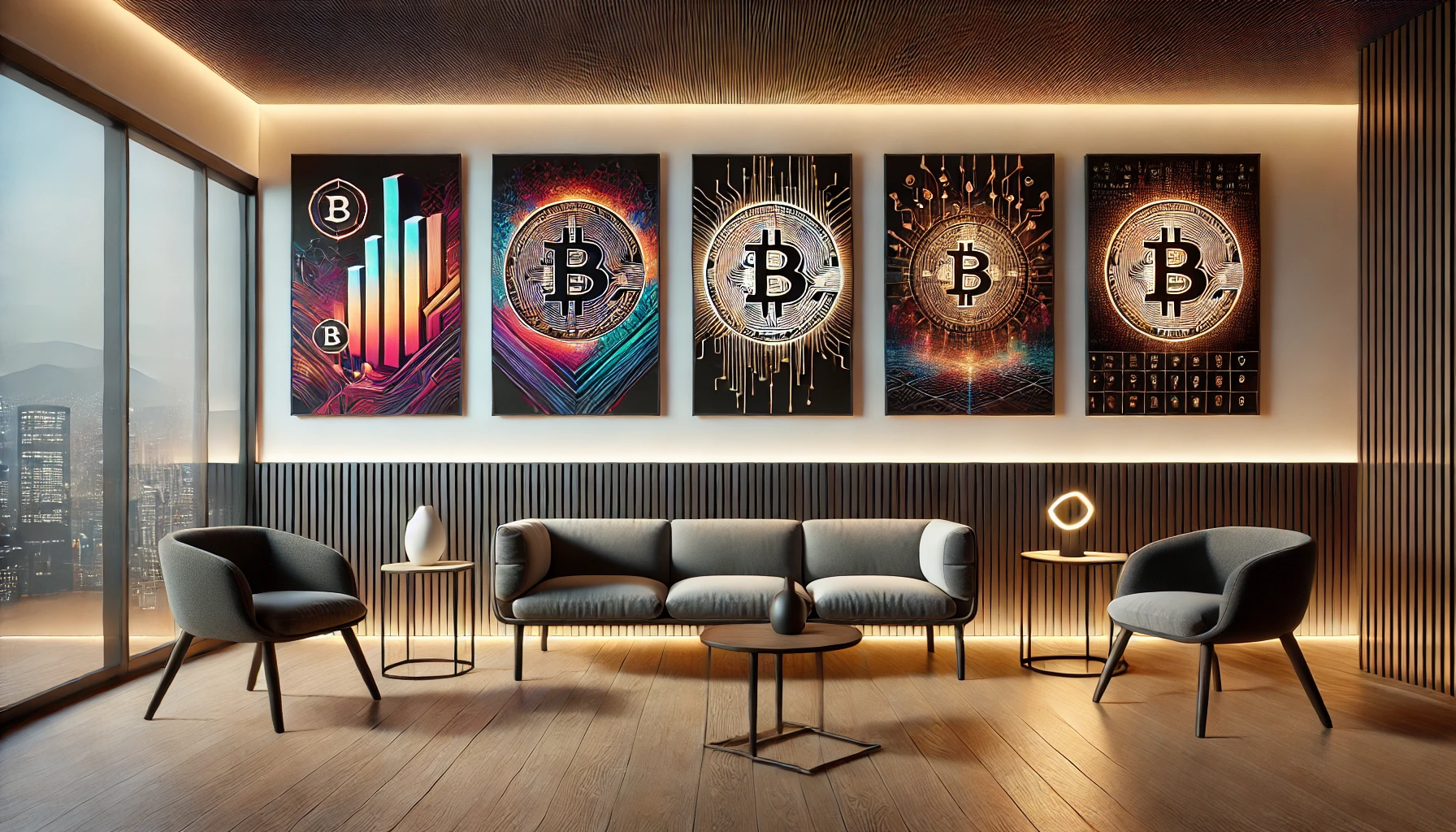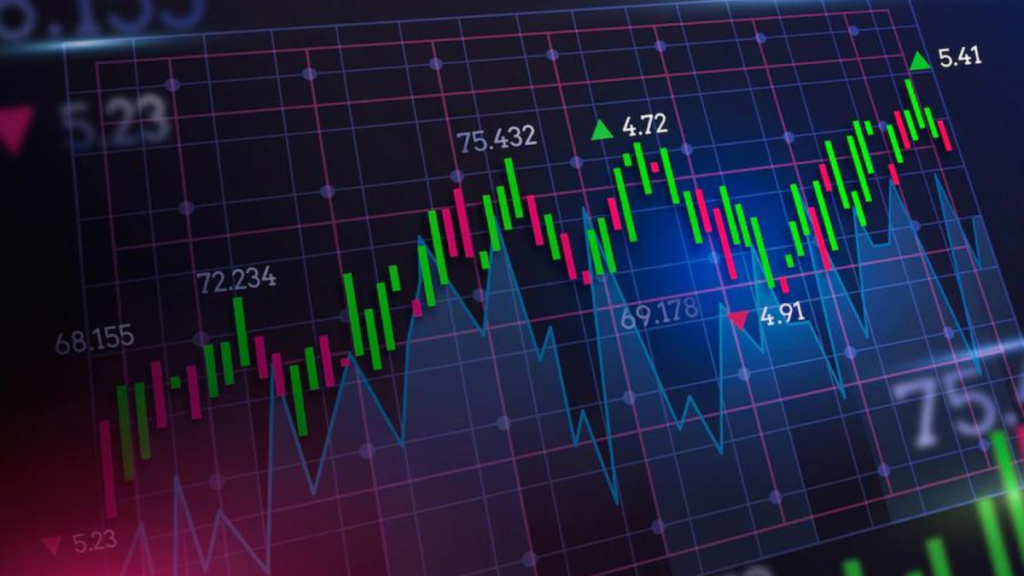Crypto Art Auctions
Crypto art refers to digital artwork tied to blockchain technology, making it unique and verifiable. Artists mint their creations into NFTs (Non-Fungible Tokens), ensuring ownership and authenticity. The value comes from both the art’s intrinsic qualities and its digital scarcity—verified by the blockchain.
Understanding Crypto Art Auctions
How Do Crypto Art Auctions Work?
Crypto art auctions take place on digital platforms dedicated to NFT sales. These platforms, such as OpenSea and Rarible, host auctions where bidders use cryptocurrencies like Ethereum.
- Minting the Artwork: Artists convert digital files into NFTs by minting them on blockchain.
- Listing the NFT: They list the NFT for auction on a chosen platform, setting reserve prices or starting bids.
- Bidding Process: Collectors place bids using their crypto wallets. Bidding involves incremental increases until the auction ends.
- Final Transaction: The highest bidder wins and completes the transaction. Blockchain records the transfer of ownership.
These steps ensure transparency, security, and authenticity throughout the auction process.
Major Auction Platforms
Several platforms dominate the crypto art auction landscape, facilitating transactions and providing a space for artists and collectors. OpenSea, a peer-to-peer marketplace, supports a wide variety of digital assets and NFTs. It’s one of the largest and most well-known platforms, with millions of assets listed. Rarible offers a decentralised marketplace where anyone can create, buy, and sell NFTs. It’s known for its community governance, allowing users to vote on platform updates. SuperRare focuses on high-quality, single-edition digital artworks, ensuring each piece is unique and valuable.
Crypto Canvas Frontiers
Benefits of Buying Art Through Crypto Auctions

Accessibility and Global Reach
Crypto art auctions offer unprecedented accessibility, connecting artists and collectors worldwide. Traditional art auctions often have geographical constraints, limiting participation and breadth. However, crypto auctions use the internet to eliminate these barriers, enabling global participation. Whether you’re in London or Tokyo, you can engage in auctions with ease. For instance, platforms like OpenSea and Rarible facilitate seamless transactions across borders, ensuring no one misses out due to location. This global reach allows for a more diverse range of art and artists, enriching the overall experience.
Authenticity and Blockchain
Blockchain technology underpins crypto art auctions, ensuring authenticity and ownership. Traditional art transactions often face challenges related to provenance and forgery. Blockchain solves these issues by providing a transparent, immutable record of art piece history and ownership. Each digital artwork, represented as a Non-Fungible Token (NFT), has a unique identifier stored on the blockchain. Examples include works from artists like Beeple and Hackatao, whose NFTs verify the originality of their art. Collectors can trust that their acquisitions are genuine, reducing the risk of purchasing forgeries or stolen art. This transparency enhances confidence and trust in the crypto art market.
Crypto art is not just a revolution in the digital space; it's the bridge between creativity and technology, where each piece tells a story of innovation, value, and limitless possibilities.
Eric Foster, CEO

Challenges and Controversies
Environmental Concerns
Many critics highlight the significant environmental impact of crypto art auctions. Blockchain networks, particularly those like Ethereum, depend on energy-intensive “proof of work” mechanisms.
According to Digiconomist, Ethereum’s annual energy consumption rivals that of some small nations. Artists and collectors face pressure to consider sustainable practices in the creation and sale of NFTs (Non-Fungible Tokens).
For instance, platforms like SuperRare have explored carbon offsetting initiatives to mitigate their ecological footprint. Yet, the debate on the environmental responsibility of crypto art persists.
Market Volatility and Pricing
Crypto art’s value is subject to the inherent volatility of cryptocurrencies. Prices for NFTs can fluctuate dramatically due to the unstable nature of digital currencies.
For example, the value of an art piece sold in Ethereum might change significantly within days due to market shifts. This volatility generates uncertainty for both artists and collectors, complicating long-term value assessment.
Regulatory oversight and market maturity may stabilize these fluctuations eventually. However, until then, participants must navigate an unpredictable financial landscape when engaging in crypto art auctions.
